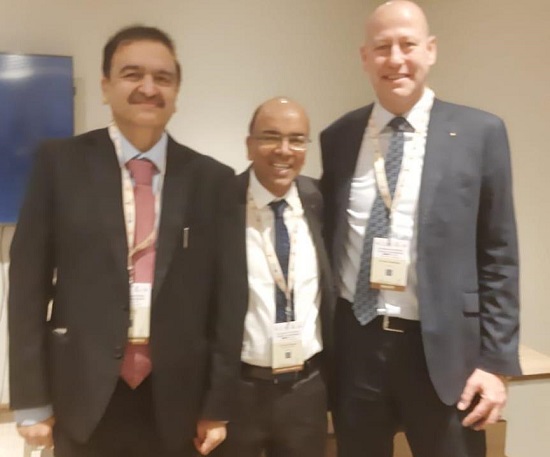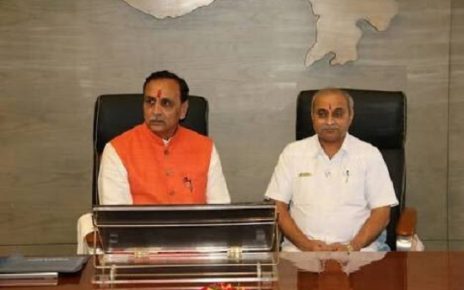Ahmedabad, March 15, 2019: With an aim to address the increasing incidence of stroke cases, India’s leading neurologists and global experts came together at the 12th Indian National Stroke Conference held in Ahmedabad. The conference served as a platform for a discussion on the measures to increase public awareness and develop concrete steps to reduce the impact of stroke. According to a Lancet report, stroke is the 2nd commonest killer after ischaemic heart disease in India, and is one of the leading causes of death and disability with incidence rates higher than those seen in the West1. Globally, 70% of strokes and 87% of both stroke-related deaths and disability-adjusted life years occur in low- and middle-income countries.
Stroke or brain attack is a disease that occurs when blood supply along with oxygen and nutrients to the brain is interrupted or reduced leading to the death of several brain cells. This disruption is caused by either a blocked artery (ischemic stroke) or rupture of a blood vessel within the brain (haemorrhagic stroke). Symptoms of stroke include sudden numbness/ weakness of the face, arm, or leg, especially on one side of the body, sudden confusion, trouble speaking/understanding speech, sudden trouble in seeing or trouble walking.
Addressing the conference, Prof. Dr. Peter Schellinger, Chairman of the Departments of Neurology & Neurogeriatrics at the Clinical Centre Johannes Wesling in Minden, Germany said, “In the past few years, there has been a significant rise in stroke cases around the world. This is majorly because of poorly managed lifestyles, unhealthy diet, increased no of population with hypertension, diabetes and obesity. The most effective ways of managing stroke are early recognition of stroke symptoms, including public education, establishment of a strong stroke network, prioritization and direct transfer of stroke patients to specialized stroke centers or stroke units as well as management by multidisciplinary teams trained in stroke management. We need to Remember: ACT Fast è Time is brain!”
Adding to this, Dr. Vinit Suri, Coordinator Department of Neurology and Stroke Secialist at Indraprastha Apollo & President-elect of Indian Stroke Association said, “Every minute delay in stroke treatment would lead to loss of 1.9 Million brain cells. An untreated or poorly-managed stroke can result in mild to severe disabilities that include paralysis, problems with thinking, and speaking. The cumulative incidence of stroke in India ranged from 105 to 152/100,000 persons per year during the past two decades in different parts of the country.It is encouraging to see that medical students trained at academic centers are now promoting stroke awareness and timely treatment (within 4.5 hours of onset of symptoms) in smaller cities. There is an ardent need to spread awareness and reduce preventable strokes by identifying patients at high risk. Focus also should be on effective implementation, monitoring and evaluation of the available stroke programs.”
On this occasion, Dr. Arvind Sharma, Head – Dept of Neurology & Stroke Specialist Zydus Hospitals, Ahmedabad & Hon. Assistant Professor Neurology, BJ Medical College & Civil Hospital said, “The purpose of this press conference is to raise the awareness level of Brain Stroke and its effective treatment amongst the general public. A very low percentage of the population is aware of the facility available for the treatment and the warning symptoms of stroke in India. As a result, the number of people who reach the stroke treating hospital on time is very low. At our hospital, we did a survey of stroke awareness among 5000 thousand population, last year and we found that the awareness about stroke in general public is satisfactory but more emphasis should be put on creating awareness about the golden window of 4.5 hours for effective treatment.”
Challenges in stroke care in India include lack of standardization of primary, secondary and tertiary stroke care, limited number of stroke experts for a large number of rural patients, low awareness on the symptoms risk factors and treatment. It is important to address these issues at the rural, urban and national level to collectively bring down the disease burden.





